 SELECTED
ISSUE
SELECTED
ISSUE
|
|
Leisure Management - Product design

CLADkit

|
|
| Product design
|

An energy-generating flooring system, Bali-inspired bamboo furniture and a new lamp by Olafur Eliasson...what’s new in product design
|
|
|

|
New lamps for Tivoli Gardens designed by Olafur Eliasson and Little Sun

The Tivoli Gardens historic amusement park in central Copenhagen, Denmark, is collaborating with acclaimed Danish-Icelandic artist Olafur Eliasson and his Little Sun project.
In 2017, a new signature lamp, designed by Eliasson and powered by sustainable energy, will shine at Tivoli Gardens and a special Tivoli Little Sun lamp will be available in the shop for visitors to take home.
Olafur Eliasson is known for his diverse artworks and large-scale installations, which often employ light, fog, and other ephemeral materials.
Eliasson’s permanent artistic landmarks in Denmark include the ‘Your rainbow panorama’ installation, a 150m circular, coloured-glass walkway situated on the roof of the ARoS Aarhus Kunstmuseum, and the ‘Opera house chandeliers’ and Cirkelbroen (circle bridge) in Copenhagen.
Little Sun is a social business and global project founded by Eliasson and engineer Frederik Ottesen to bring clean, reliable, affordable energy to the 1.1 billion people in the world living in off-grid areas without electricity.
The project’s first product, the Little Sun solar LED lamp, was launched in 2012. The second product, Little Sun Charge, a solar phone charger, has just been launched worldwide.
Tivoli Gardens’ CEO Lars Liebst said: “I am convinced that by joining forces Tivoli and Eliasson will be able to reach new standards for amusement park design as well as sustainability and enhance the Tivoli experience to the great benefit of our visitors.”
Olafur Eliasson added: “Throughout its history Tivoli has used light to create a magical atmosphere, where dreams and reality blend. It is a glowing oasis at the heart of Copenhagen, a space where we can let go, share thrills and enjoyment, be playful. But it is also a space that appeals to people’s creativity and dreams.
“Little Sun’s new lamp for the garden, together with the special Tivoli Little Sun lamp, will enhance the feeling that light is not only functional, but it also has a powerful emotional quality. And to use sustainable energy and solar technology is to show the way to a sustainable future.“
| |
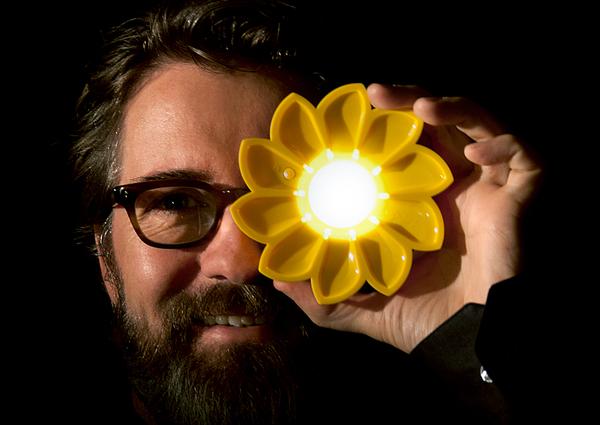

|

Danish-Icelandic artist Olafur Eliasson and his Little Sun project |
|

|
Ibuku’s bamboo furniture collection gives a warm, natural feel

Balinese bamboo design specialist Ibuku has revealed a ‘warm and tactile’ furniture collection.
Designed for people who want to bring a natural feel into their interior design projects, the collection features a selection of seating, shelving and fixtures hand crafted out of bamboo.
Ibuku, behind the creation of the bamboo-based Green Village in Bali, uses local talented craftspeople and designers to work with the natural resource for its projects and products.
Ibuku’s founder Elora Hardy said: “We have been designing furniture for each of our structures for as long as we have been building them, striving to express bamboo’s strength, celebrate its uniqueness, and to complete the feeling our homes and buildings give, of being both inspired and at ease. The collection we bring you is warm and tactile.”
Collection designs include the Journey Table, Moon Lounge Chair with leather seat, Sway Teardrop swing and Eclipse shelving.
| |
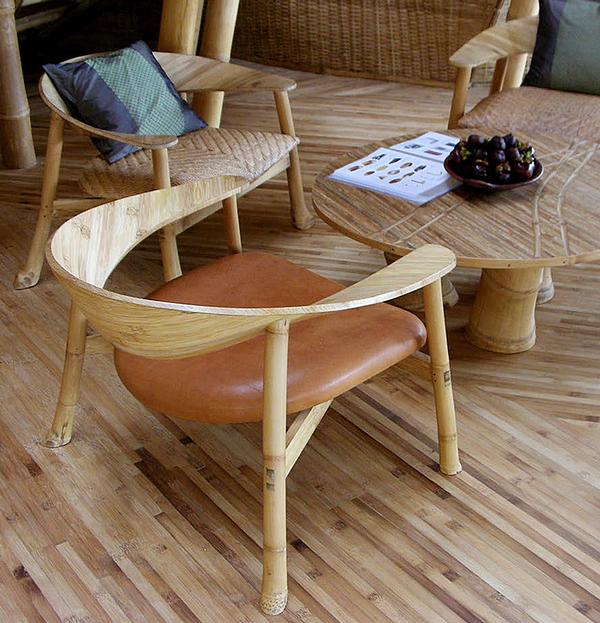

|

Ibuku has revealed a ‘warm and tactile’ furniture collection |
| |
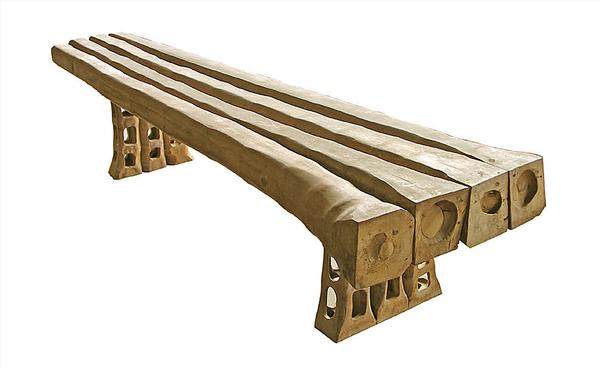

|
| Ibuku has revealed a ‘warm and tactile’ furniture collection |
| |
|

|
Harow designers spend a month handcrafting each Iceberg table

Painstakingly crafted with fibreglass and resin, only 100 Iceberg Stool and Side Tables have been made as each one takes a month to handcraft at the Harow design studio in Paris, France.
Designed by Harold Sangouard, each side of the table is designed to look like an iceberg as it appears under the water. Sangouard says the design freezes the aesthetic of the Arctic landscape to make it timeless.
“The main idea around the Iceberg was to create a piece of art that lets you feel the beauty, hostility and fragility of those ice giants.”
Sangouard added: “We also wanted to highlight the impact that human activities are having on the environment and on future generations. The perfect control of resin has allowed us to express the depth and the gelid glare of the North Pole.”
Cuboid at 55cm by 45cm by 45 cm and weighing 40kg, each Iceberg is numbered and comes with a certificate of authenticity.
The creation was on display at the Maison & Objet exhibition in Paris in September 2016.
| |
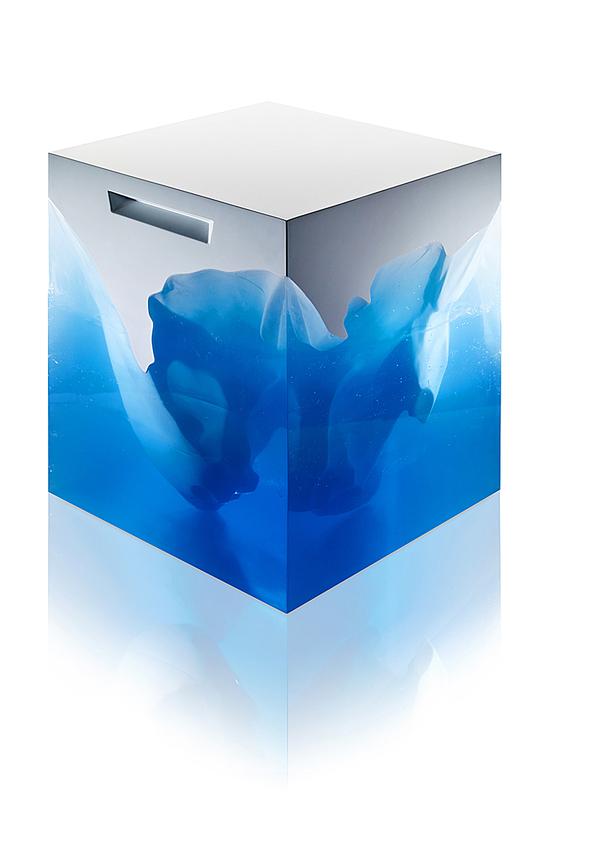

|

Only 100 tables have been produced |
| |
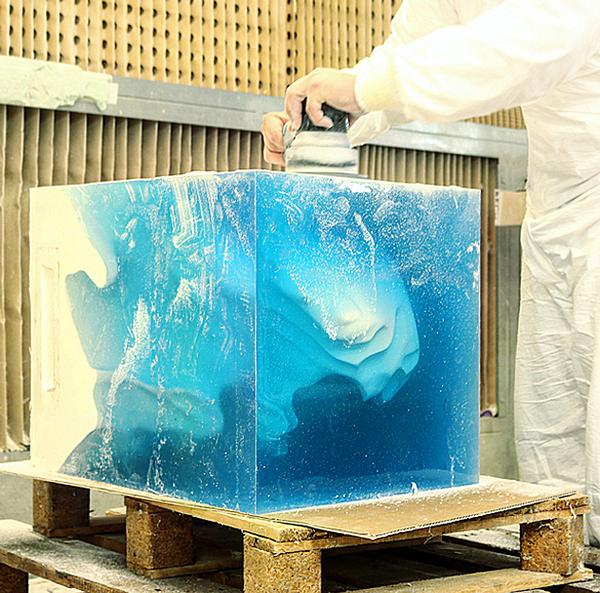

|
| Only 100 tables have been produced |
| |
|

|
Knightsbridge launches designer hospitality furniture collections

Furniture manufacturer Knightsbridge has unveiled its new designer hospitality collections.
Created by four designers for the Yorkshire-based firm, the ranges include Bebop by David Fox, GoGo by John Coleman, Alfie by Sean Dare and ROK by Jim Hamilton.
The designer ranges, showcased at Clerkenwell Design Week in London in May, are finished in Yorkshire wool tweed and cashmere and can be tailored to requirements.
Alan Towns, CEO of Knightsbridge, said: “Each designer brought something completely unique.”
He added: “The ROK was inspired by ancient architecture, whereas the Alfie is a tribute to the 1960s film and features stylish, clean and tailored lines.”
| |
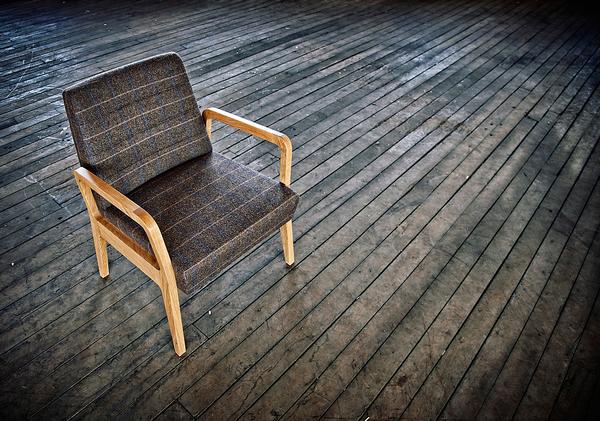

|

The GoGo range has been designed by John Coleman |
| |
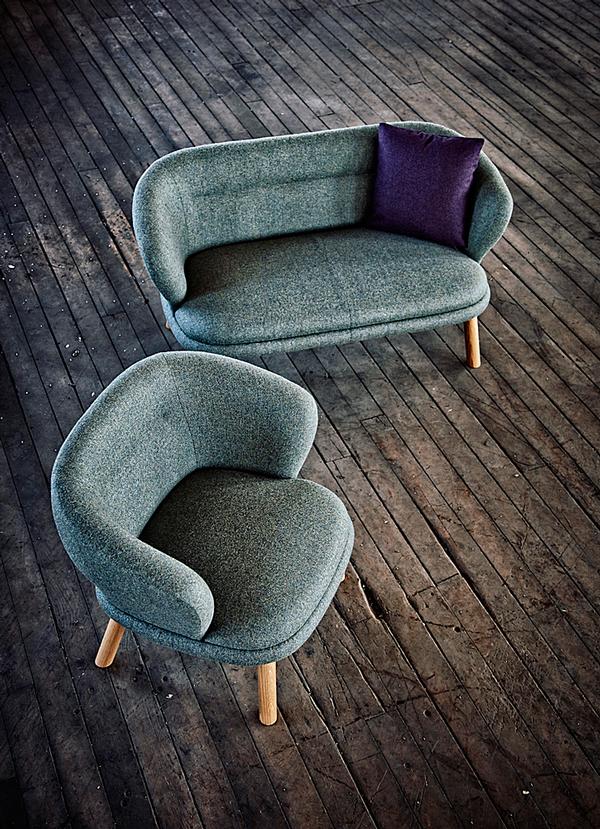

|
| The Bebop range is by David Fox |
| |
| |
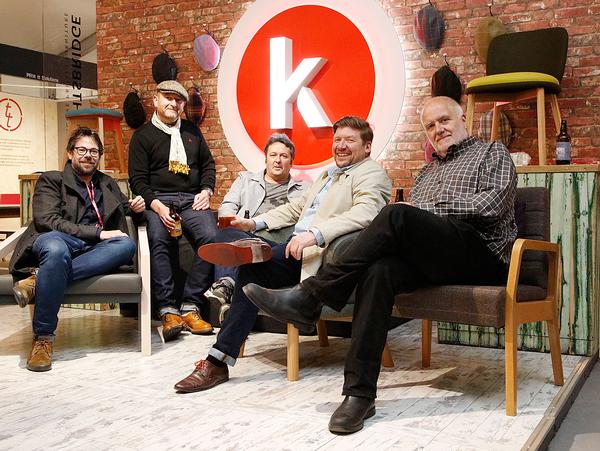

|
| The designers launched the collection at London’s Clerkenwell Design Week |
| |
|

|
Tech roundup

Energy-generating flooring launches in the
US as Pavegen’s global expansion continues

Pavegen, the British clean-tech company, has launched an innovative flooring system that creates energy from footsteps.
The multi-functional V3 paving provides multiple options to integrate renewable energy production into urban spaces. According to Pavegen, the technology has implications across sectors, including sport, hospitality and attractions. It’s designed particularly for public spaces with high foot traffic, including retail and transport hubs, and can be integrated into Smart Cities to power things like street lighting.
The technology works through the transformation of kinetic energy from people’s footsteps into electricity through electromagnetic induction. When used continuously, the paving can generate up to five watts of power, and can be attached to a battery to store energy as it is used.
“Expanding into the USA is not only a huge step for Pavegen, but also for the renewable energy sector - spreading the importance of sustainability across the globe and providing with electricity when and where it is needed,” said Pavegen CEO and founder Laurence Kemball-Cook.
| |
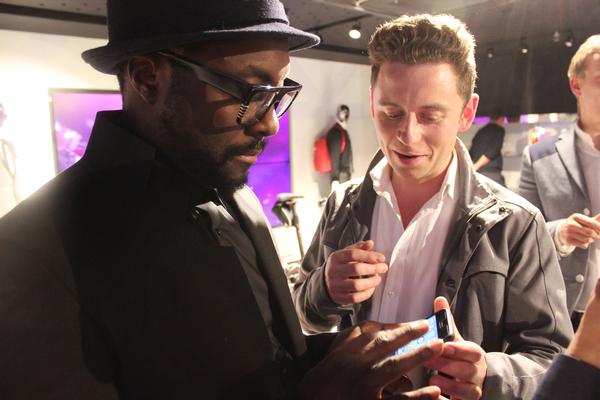

|

Hip-hop artist will.i.am, pictured here with CEO Laurence Kemball-Cook,
is one of Pavegen’s
celebrity ambassadors |
|

|
Tech roundup

Self-shading window breakthrough could make buildings more efficient

A team of researchers at the Massachusetts Institute of Technology (MIT) has developed a “smart self-shading window” that can switch from transparent to opaque in seconds.
The window’s rapid transition – which unlike similar systems has been designed to require almost no energy – can block sunlight and save air conditioning costs in buildings which use the technology.
According to MIT, the window only needs electricity when it’s required to return to its previous state, rather than all the time.
The switchable material used in the window is made by combining two chemical compounds, an organic material and a metal salt, which self-assemble into a thin film. The result is an electrochromic material that changes colour and transparency in response to an applied voltage.
MIT professor of chemistry Mircea Dinca said the technology could drastically reduce energy bills for buildings with many windows in hot climates.
“You could just flip a switch when the sun shines through the window, and turn it dark, or even automatically make that whole side of the building go dark all at once,” she said.
| |
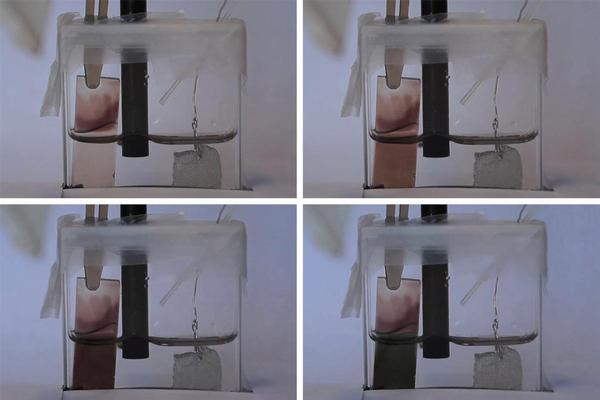

|

The window’s rapid transition from clear to dark requires very little energy |
|

|
Tech roundup

Will the windows of the future be made from transparent wood?

One day in the not too distant future, glass windows may be a thing of the past. Researchers in the US have revealed a surprising window material that could be stronger, more energy-efficient and have less glare – transparent wood.
Engineers at the A. James Clark School of Engineering at the University of Maryland have demonstrated through a study how wood could one day provide a shatterproof, thermally-insulated alternative to glass for windows in both houses and large public buildings.
The unorthodox window-making process starts with bleaching wood of its lignin – the component that makes it both brown and strong. The material is then soaked in epoxy, which adds strength back and makes the wood both clear and waterproof.
Tests undertaken by the research team showed that light travelling through the wood is more softly and evenly distributed around a space than it is through glass.
The angle at which light shines through the wooden windows does not change as the sun moves, as happens with traditional glass windows, because the natural channels in the wood direct the sunlight in the same way every time.
| |
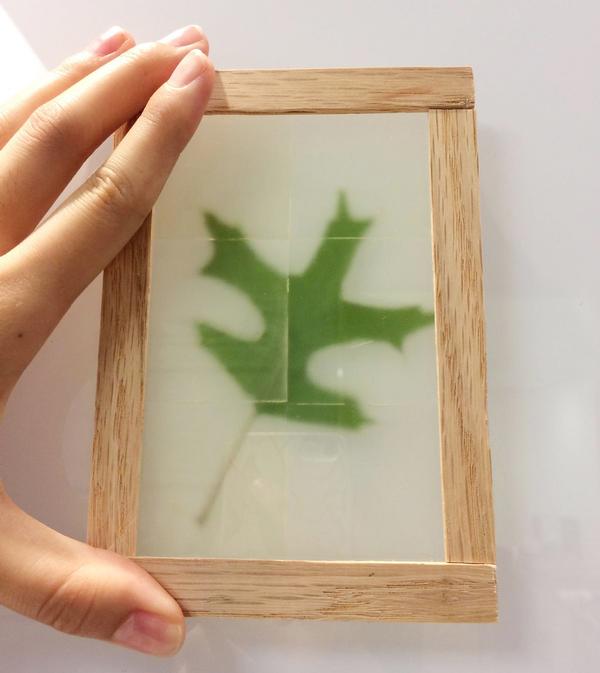

|

Wood is bleached of its lignin and soaked in epoxy to create a window |
|
 |
| Originally published in CLADmag 2016 issue 3
|
|
 |
|
|
|
|
|
| | | |